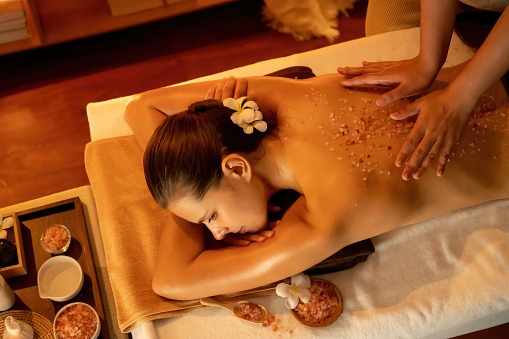
Nightclubs have long been emblematic of the downtown nightlife world, serving as sites wherever audio, social relationship, and lively power converge to produce memorable experiences. These settings, usually cloaked in night and illuminated by way of a kaleidoscope of colored lights, offer more than simply a spot to dance—they’re national phenomena that shape social character and activity trends. The draw of a nightclub lies in its special environment, where in fact the mundane day earth fades out, changed by way of a region fueled by rhythmic defeats and a provided want for escapism.
Walking into a night 평리동 터널나이트 is like stepping right into a different dimension. The large bass vibrations resonate through a floor, setting a real rhythm that commands figures to move. DJs craft complicated soundscapes that mixture styles, from blinking electric dance audio to clean hip-hop and dynamic pop, making an oral playground that provides diverse tastes. The music is not simply history noise however the pulse of the membership, guiding the crowd’s power and developing a combined connection with delight and release. This synchronization of sound and movement fosters a feeling of neighborhood among guests, united by a frequent love for the beat.
Beyond the music, the cultural cloth of clubs is wealthy and complex. These settings become social equalizers, wherever individuals from various skills get together to interact, flirt, and go connections. The dim illumination and intimate spots encourage openness and spontaneity, allowing people to shed daily inhibitions and express themselves freely. Nightclubs frequently become settings for remarkable encounters—whether short minutes of discussed excitement on the dance ground or the beginning of lasting relationships and romantic relationships. That cultural magnetism is just a essential reason nightclubs continue steadily to thrive despite adjusting leisure landscapes.
The design and atmosphere of a nightclub play crucial tasks in shaping their identity. From smooth, smart interiors to lavish, themed settings, groups invest seriously in aesthetic appearance that complement the auditory experience. Gentle reveals, laser shows, and particular effects elevate the physical pleasure, turning each visit right into a multisensory adventure. Bartenders and mixologists contribute by making inventive cocktails that put flavor to the night time, enhancing the entire vibe. This carefully curated atmosphere converts an easy night out in to an immersive experience, appealing guests to reduce themselves in the moment.
However, the nightclub lifestyle is not without its challenges. Dilemmas such as for example overcrowding, noise issues, and security problems have motivated sites to undertake stricter regulations and safety measures. Several clubs now emphasize responsible consuming and inclusivity, striving to generate secure places where everybody thinks pleasant irrespective of identity. The evolution of nightlife is also inspired by scientific improvements, with clubs developing electronic elements like LED screens and involved installations to keep relevant and engaging.
Despite these issues, clubs stay necessary cultural places that reveal broader cultural trends. They become incubators for new audio models and style, influencing popular tradition far beyond their walls. For many, an evening at the team is a cherished ritual—an opportunity to remove from day-to-day demands and reconcile with the straightforward delight of dance, audio, and human connection.
Basically, clubs embody the active spirit of metropolitan living after dark. They are not only settings but experiences that encapsulate the freedom, imagination, and power of nightlife, drawing people in to a distributed celebration of noise and social vibrancy. Whether a separate clubber or a casual visitor, the magnetic draw of the nightclub remains to captivate and inspire across years

